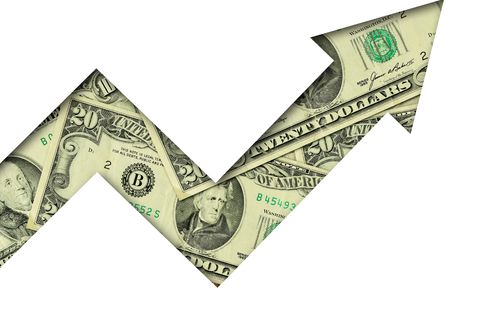By Zack Fritz, Sage Policy Group
The economy rarely performs as well as it is right now, and the fact that the U.S. has attained full employment is a large part of the reason for that performance. The unemployment rate has now remained below 4.0% for 26 consecutive months. For context, there were only 27 months in which the unemployment rate dipped below that threshold in the 52 years prior to the start of this streak.
At the start of the streak, the low unemployment rate was largely due to labor shortages. That no longer appears to be the case.
Employers added more than 300,000 jobs in March, the most in any month since January 2023, and hiring has now accelerated in each of the past five months. Meanwhile, the labor force grew at the fastest pace since the end of the third quarter of 2023, while the number of open, unfilled positions across the economy stands at about 8.8 million. That’s slightly above the pre-pandemic trend but well below the 12.2 million job openings at the peak of labor shortages in March 2022.
Anecdotally, employers report that hiring has become easier in recent months and churn has slowed. Data supports that notion; the share of workers quitting their job every month has fallen below the pre-pandemic level, although employers are still laying off employees at a slower-than-normal pace.
As a result of the roaring labor market, consumers continue to spend. Retail spending dipped in January but rebounded sharply in February and March and is now up 4.0% year over year. While that’s only modestly faster than the rate of inflation, spending is up a robust 4.9% excluding gasoline and motor vehicle sales.
All of this has been made possible by an unexpected surge in immigration over the course of 2023. The influx of additional workers eased labor constraints and wage pressures, allowed employers to staff up, and fueled ongoing demand.
Despite the economy’s unexpected outperformance, there remains one major cause for concern: inflation. Consumer prices increased at a faster-than-expected rate for the third straight month in March, and the current 3.5% year-over-year rate of inflation is the fastest since September. While price increases remain concentrated on the services side of the economy, this reacceleration is widespread enough that it cannot be dismissed as statistical noise.
That has had obvious implications for interest rates. Entering the year, the consensus forecast had the Fed cutting rates three times during 2024. Now the base case for most forecasters is one 25 basis point cut at the Fed’s December meeting, and recent comments from Jerome Powell suggest even that might be overly optimistic.
This outlook is still highly uncertain; a few lower inflation prints or a sudden economic weakening could accelerate the start of monetary easing. As things currently stand, however, rates appear set to stay higher for longer. Among other implications, the housing market will stay in a state of paralysis, the goods side of the economy will continue to underperform, and businesses will continue to hold back on large capital expansions.




